Know More About Hand Sanitizer: Bacteria and Virus Protection
Since last year we’ve all become little walking health care and virology experts, at least in our own minds. Dealing with the coronavirus pandemic has made many of us look for more information on how viruses spread, and the best ways to prevent the spread.
Between the World Health Organization (WHO), Food and Drug Administration (FDA), and the Centers for Disease Control and Prevention (CDC), we’ve received a lot of information about slowing and preventing the spread of viruses and bacteria that makes us ill via disinfectants and alcohol hand sanitizer. According to both agencies, one of the best ways to slow and prevent the spread of illness is by proper hand hygiene.
Since we were young children we’ve known that hand-washing is important. Not only do our hands tend to be some of the dirtiest parts of our bodies, but we use them in interacting with others and touching multiple surfaces per day. It’s no surprise they’re often the main culprits for introducing all types of germs, bacteria, and viruses to ourselves and from ourselves to others.
Hope Health Supply knows about the use of hand sanitizer for reducing the spread of illness; our company supplies individuals, families, and businesses with the tools they need to help stop the spread of viruses and bacteria in their tracks with hand sanitizer products.
Let’s talk about how hand sanitizer spray helps keep us safe, prevents the spread of illness with the right active ingredients, and keeps us healthier with clean hands.
How Do Viruses and Bacteria Spread?
Viruses and bacteria spread in many different ways, and most of them involve human to human or human to surface contact, making it virtually impossible for you to completely prevent transmission.
Here’s how most viruses and bacteria spread.
-
Respiratory droplets. Every time you cough, sneeze, speak, or sing, you release respiratory droplets into the air. Even if you sneeze into your arm, you still end up releasing these droplets in the space surrounding you, making it easy for ingestion by another person to breathe them in if you are in close contact with one other. Additionally, if you sneeze or cough into your hand and then touch a surface, the microbes from your respiratory droplets can live on that surface for up to seven days, depending on the virus or type of bacteria, making it an effective source of transmission to another person.
-
Damp, dark items or surfaces. Areas or items that are damp and dark can be breeding grounds for bacteria. When bacteria begins to grow, it becomes a hazard, and can easily be transmitted by simply touching the item that is covered in it.
- Hand to hand contact. Shaking hands, slapping high-five, or touching another person who is ill can transmit viruses to another person. This is why social distancing has been such an important part of containing COVID-19.
Making sure we are doing our best to avoid close contact with those who are not members of our immediate household is essential in making sure we slow the spread of not only COVID-19, but of other viruses, too.
Virus and bacteria spread pretty easily, but we can do our part to try to slow their spread, and prevent their spread as much as possible. Here’s how properly using your own hand sanitizer can help.
How Does Hand Sanitizer Work?
Hand sanitizer gels and sprays work by reducing the amount of germs, bacteria, and spores on your hands and on certain non-porous surfaces. Sanitizing is different from disinfecting, which typically uses a strong chemical formulation to eliminate all germs and bacteria on a surface.
When used properly, hand sanitizer that contains at least 60% isopropyl alcohol or ethyl alcohol (i.e. ethanol) can remove up to 99.99% of germs, bacteria, and spores on your hands. If the content is at least 70%, it can be effective on non-porous surfaces. No other type of germ-killing antimicrobial ingredient is approved by the CDC as effective in fighting germs via hand sanitizer (we're looking at you hydrogen peroxide and benzalkonium chloride), so if you are searching for an alcohol-free hand rub, that’s something to consider.
Sanitizing is effective in lowering the amount of germs and bacteria to an amount allowable by governing authorities. For instance, tables at restaurants are sanitized between guests.
How To Properly Use Hand Sanitizer
Believe it or not, there’s a right and a wrong way to use hand sanitizer, just like there’s a right and wrong way to wash your hands. We know that simply running your hands under a faucet will not effectively clean them.
In order for your hands to be clean, you need to use a mild soap and rub your hands together for at least twenty seconds (or the length of time it would take you to sing the Happy Birthday song).
Just like hand washing, hand sanitizing should take more than just a few seconds. To properly sanitize your hands, you should:
- Place the product on your hands. Either spray your hand sanitizer onto your hands, completely covering them with product, or squirt enough gel into the palm of your hand so that you can completely cover the fronts and backs of your hands with it.
- Rub your hands together. You should rub your hands together to distribute the product, making sure to get often missed areas like in between your fingers and your cuticles.
- Allow to dry. You should rub your hands together until your hand sanitizer has completely dried, or about 10-20 seconds. The alcohol in your hand sanitizer will normally dry very quickly, and your hand sanitizer shouldn’t leave behind a sticky residue.
Will Hand Sanitizer Prevent Me from Getting Sick?
We’d love to be able to offer a product that completely prevented you from getting sick, but no such product exists. Hand sanitizer can drastically reduce the amount of bacteria and viruses you spread, and it can also help keep you safe from viruses and bacteria you come in contact with on surfaces and from other people.
The best ways to prevent illness are:
- Proper hand hygiene. Wash your hands thoroughly and frequently. (Tip: Look for hand soaps that have essential oils, vitamin E, aloe vera, or other moisturizers to help keep your hands from drying out).
- Social distancing. When you’re sick, stay home. If you know of someone who is ill, stay away from them until they are well.
- Wear a mask. During the COVID-19 pandemic, wearing a mask can help keep you and others protected from transmitting harmful respiratory particles, which can slow the spread of the virus.
How Can Hope Health Supply Help?
Hope Health Supply delivers high-quality, effective, personal protective items to help you and your loved ones stay safe and healthy. We never gouge prices, even during times of high demand, like a pandemic.
You can trust our prices will always be fair, and our supplies of items like hand sanitizer, face masks, and children’s personal protective supplies will always be readily available to ship when you need them. We even offer subscription plans, which is great for busy people who just want to have items sent to them when they’re needed without having to think about reordering.
You can feel good about shopping with Hope Health Supply, too. For every KN95 mask you order, we will donate one to a hospital in need, helping keep our front line medical workers safe and protected while they battle the virus.
You can stay safe, protect yourself, and others during the pandemic, and during peak cold and flu seasons by practicing good personal care and social distancing and using personal protective equipment from Hope Health Supply.
Sources:




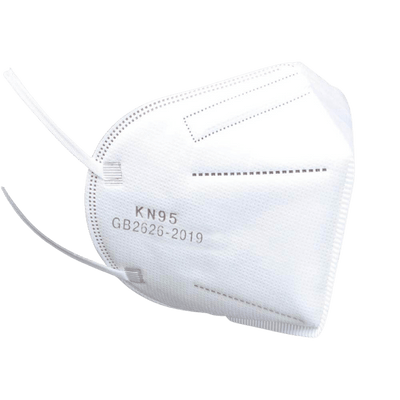
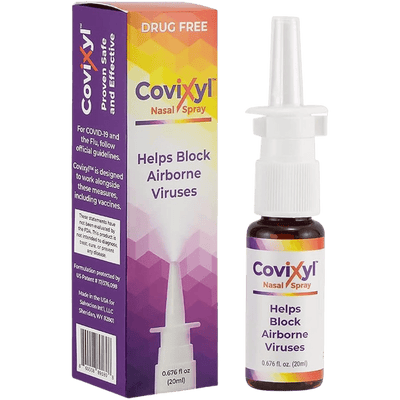
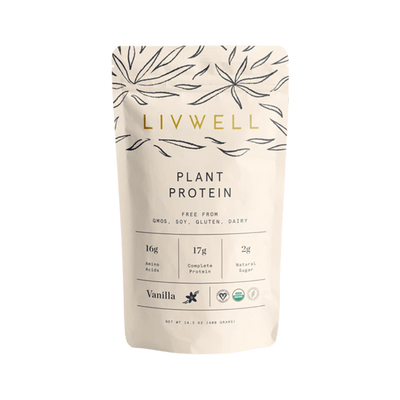
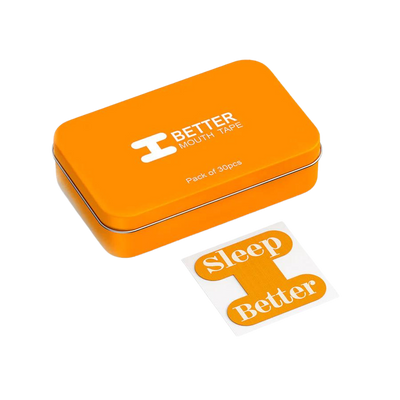
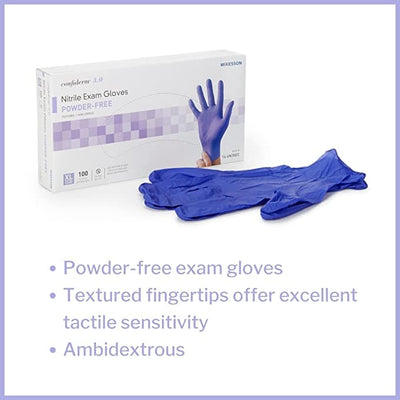
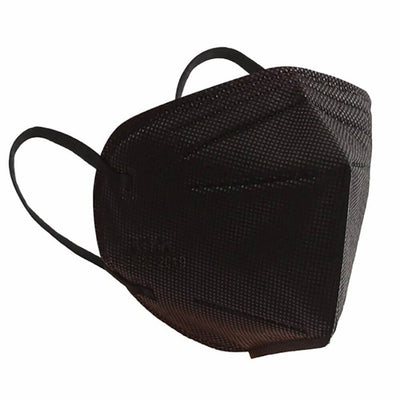

Leave a comment